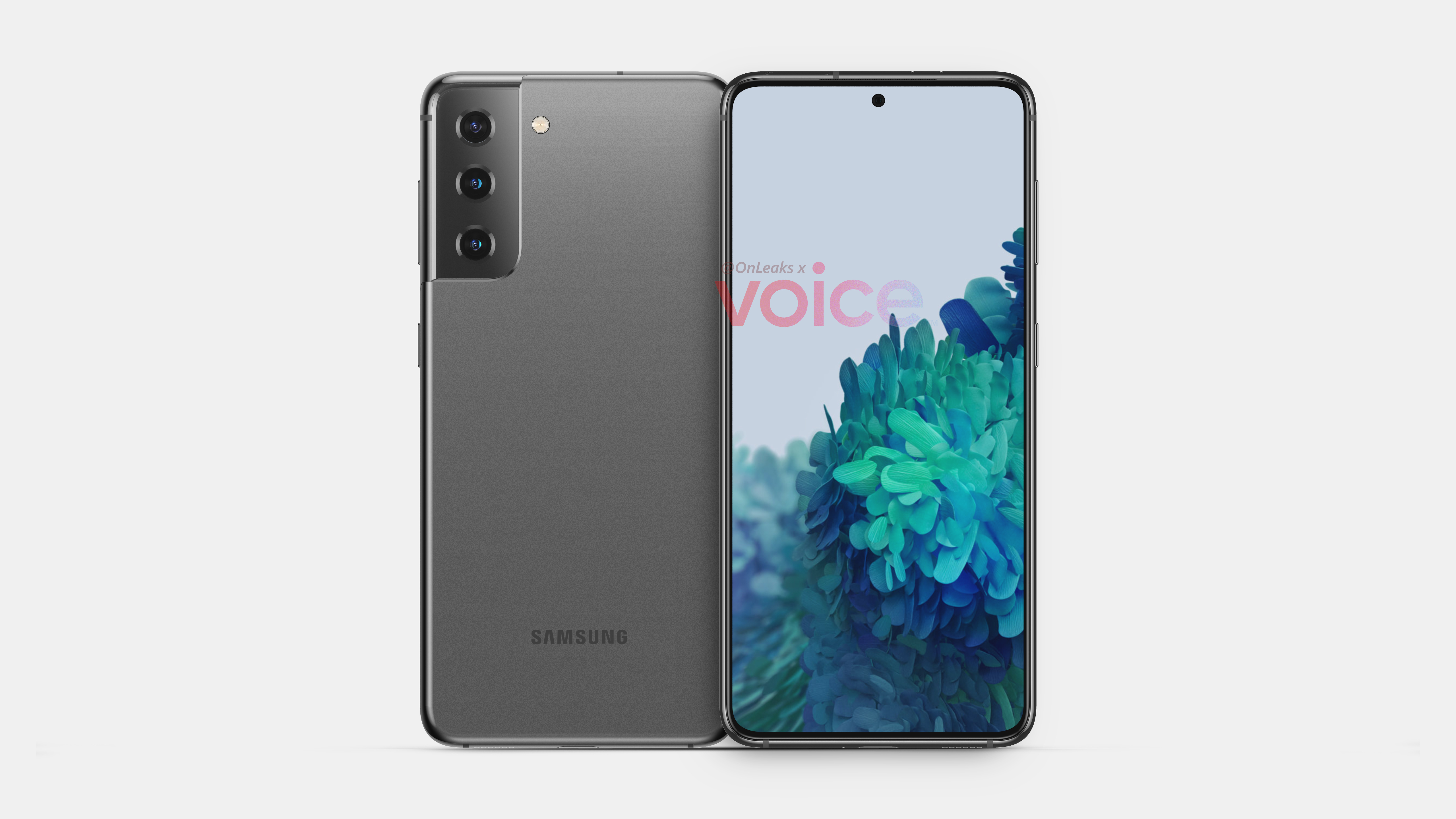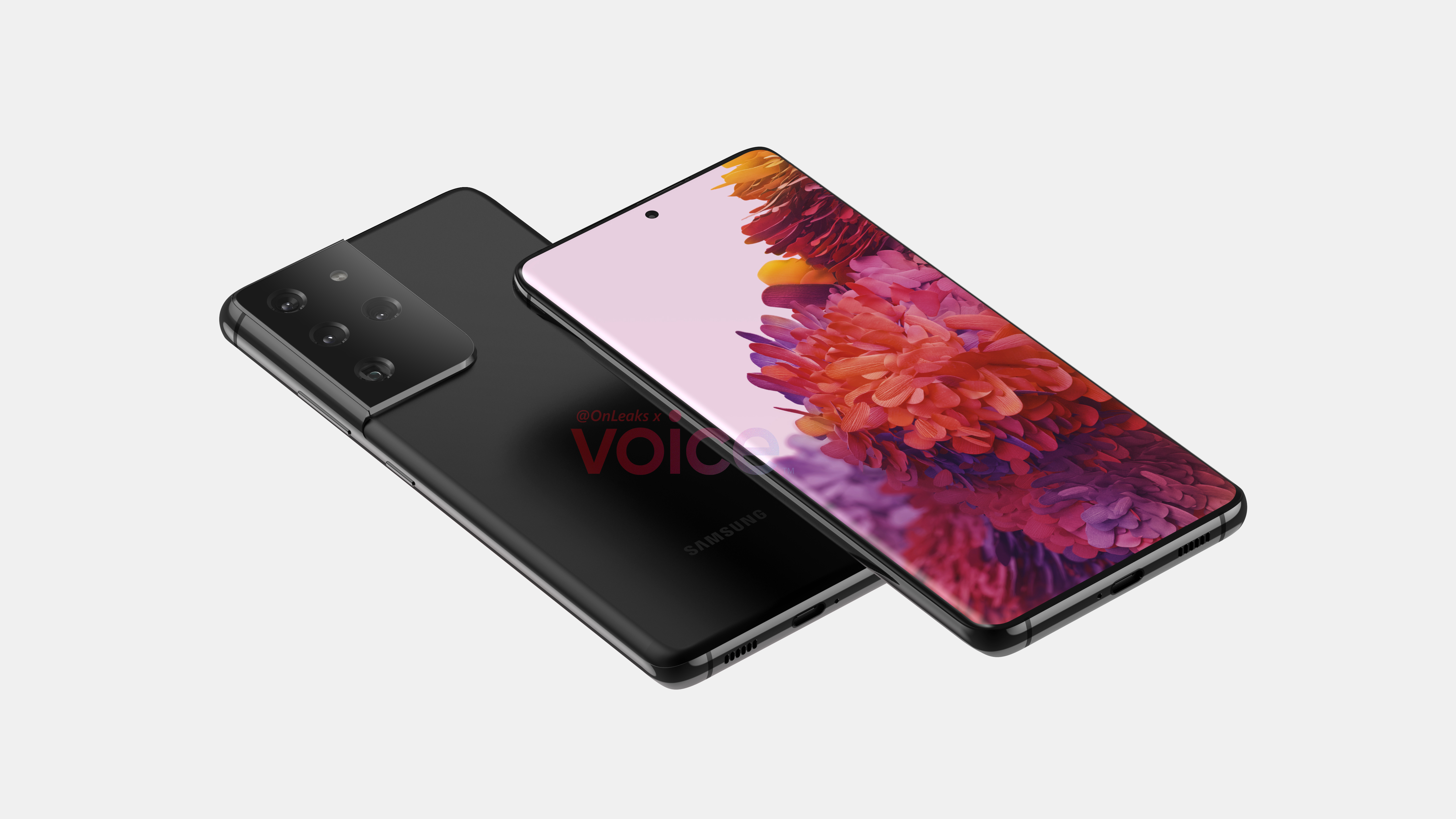5 ways Samsung Galaxy S21 can beat the iPhone 12
The Galaxy S21 can overtake the iPhone 12 with these features

The Samsung Galaxy S21 leaks are ramping up earlier than expected, and that’s because Samsung’s next flagship is rumored to launch earlier than usual. In fact, the S21 series could debut as soon as January.
So what can we expect from the Galaxy S21, Galaxy S21 Plus and Galaxy S21 Ultra? I don’t think Samsung can win on performance, as the A14 Bionic is crazy fast according to our iPhone 12 benchmarks. But based on existing advantages and new developments, Samsung could overtake the iPhone 12 and iPhone 12 Pro as the best phones around. Here’s how the S21 lineup can pull it off.
- Samsung Galaxy S21 release date, price, specs and leaks
- See our full iPhone 12 review
- Just in: Google goes after VPN market with a new built-in feature
A cheaper model from the start
Samsung made a huge mistake with the Galaxy S20 launch by making the cheapest model $1,000. And the pandemic didn’t help matters. So it responded to market trends by launching the Galaxy S20 FE for $699, which has most of what users are looking for in a new phone at a reasonable price. This includes a big OLED display with a 120Hz refresh rate, a powerful triple-camera setup and solid performance.
I would expect the Galaxy S20 series to have a more affordable model right at the start to go up against the $699 iPhone 12 mini, even if it means sacrificing some features to hit that price.
144Hz display

According to one rumor, the Galaxy S21 Ultra may boast a 6.8-inch display with a 144Hz refresh rate. That would be a sizable jump from the 120Hz panel in the S20 Ultra and much higher than the 60Hz screen on the iPhone 12 and iPhone 12 Pro. Apple was rumored to be working on a 120Hz ProMotion display for the iPhone 12 Pro series but it was reportedly scrapped due to battery life concerns.
The benefit of 144Hz is super fast scrolling and smoother animations, but there are plenty of Android games that have been optimized for 120Hz panels. Samsung could really stick it to Apple if it managed to score an exclusive with Fortnite to run at 144Hz on the S21 Ultra — especially since Apple has banned Fortnite from the App Store over their in-app-payment feud.
Longer battery life
The Galaxy S21 should have no problem outlasting the iPhone 12. The Galaxy S20 packs a 4,000 mAh battery, compared to just 2,815 mAh for the iPhone 12. And we saw a big delta in endurance between the two phones based on our iPhone 12 battery tests.
Get instant access to breaking news, the hottest reviews, great deals and helpful tips.
The iPhone 12 lasted just 8 hours and 25 minutes over 5G, compared to 9:31 for the Galaxy S20. However, the S20 dipped to 8:04 with its screen set to 120Hz. The Galaxy S21 Plus is rumored to offer a slightly bigger battery than its predecessor (4,600 vs 4,500 mAh), while the Galaxy S21 Ultra would retain its ginormous 5,000 mAh battery.
Extend lead on zoom cameras

One of the most disappointing things about the iPhone 12 Pro is that the optical zoom maxes out at just 2.5x for the iPhone 12 Pro Max, while the iPhone 12 Pro does 2x. The iPhone 12 and iPhone 12 mini don’t have a telephoto zoom at all, so Samsung has an opportunity to extend its lead.
The current Galaxy S20 Ultra has a 4x optical zoom, 10x hybrid zoom and 100x digital Space Zoom. And the S20 and S20 Plus offer 3x optical and up to 30x Space Zoom. However, at least one Galaxy S21 model is rumored to feature two optical zoom lenses — one 3x and the other a 10x periscope lens.
Faster charging
It’s just one report, but it’s possible that Samsung could follow the iPhone 12 by not including a charger or earbuds in the box. But even if it doesn’t, Samsung should have an edge on charging speed. The Galaxy S21 will reportedly offer 25W charging, compared to 20W for the iPhone 12 series. There had been rumors that the S21 may support super fast 65W charging, but those were shot down.
The Galaxy S20 Ultra offered 45W charger support as an option, but the Galaxy Note 20 Ultra and Galaxy Note 20 went with only 25W. So we’ll have to see.
Mark Spoonauer is the global editor in chief of Tom's Guide and has covered technology for over 20 years. In addition to overseeing the direction of Tom's Guide, Mark specializes in covering all things mobile, having reviewed dozens of smartphones and other gadgets. He has spoken at key industry events and appears regularly on TV to discuss the latest trends, including Cheddar, Fox Business and other outlets. Mark was previously editor in chief of Laptop Mag, and his work has appeared in Wired, Popular Science and Inc. Follow him on Twitter at @mspoonauer.

